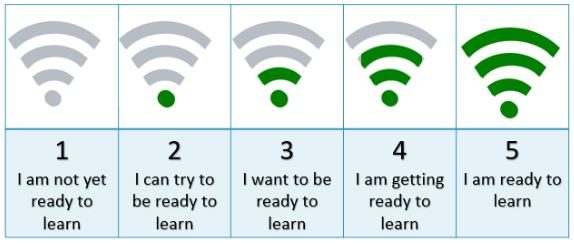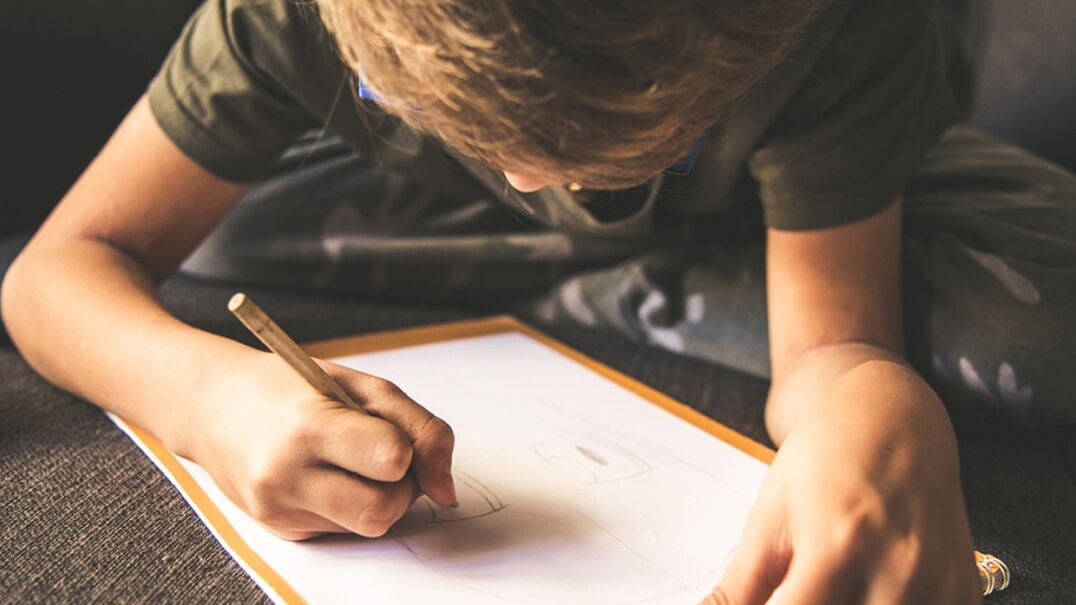Teachers are quickly shifting to online learning environments in response to the COVID-19 crisis and the demands of social distancing.
During this crisis, stress levels are heightened for all of us. Trauma-impacted students, and in fact everyone, are susceptible to resurfacing trauma-related reactivity due to the compounding uncertainty and unpredictability this crisis presents. It is essential that schools prioritise student and teacher wellbeing and respond to the impacts of collective trauma and toxic stress.
The people in our lives and their escalation or de-escalation can have an impact on our own reactivity and stress levels: they can be a source of added stress or can assist in defusing the situation.
Co-regulation is when we deliberately assist another to eventually self-regulate. It describes the process of supporting another person to manage their responses and reactions.
While much about teaching changes, there is an opportunity for teachers to respond to this moment through co-regulation – supporting students out of the chaos of the world and into the relative calm, care, and consistency of the learning environment.
Can we co-regulate through a screen?
Being physically together in a room isn’t the only way to co-regulate. Co-regulation can be transferred through facial cues, gestures, tone, and intonation of voice.
Importantly, co-regulation occurs through the consistency and predictability of routines and the rhythms of daily interactions and lessons.
We offer the following routines to support teachers to co-regulate. We recognise that these routines need to be creatively adapted to different learning environments and the age and developmental stage of students.
1. Check-in routine
Begin each lesson with an opportunity for students to check-in on their wellbeing and readiness to learn. Make this as spacious as it needs to be; give yourself and the class permission to spend additional time on wellbeing.
A ready to learn scale could be used as a prompt to support students to check in on their internal world of sensations and emotions. Here is an example using WiFi symbols:

If students are showing they are not yet ready to learn, this is an opportunity to support them to label strong emotions or sensations, which can often reduce their negative effects and holding patterns. Next, offer strategies for de-escalating the stress response. Here are some examples:
- Belly breathing to balance the nervous system. GIFs can help to scaffold belly breathing.
- Mindfully notice and label external environmental cues such as sights, sounds, smells and if ready, mindfully notice and label inner cues in safe areas of the body, such as sensations in the hands and feet. Here are some examples that can be adapted.
- Provide an opportunity for students to draw, colour in or write. As a prompt, you could suggest a topic that helps students recall memories of safety, calm, connection, gratitude or joy. This activity from ACF is a good example (PDF).
- Ask students what activities help them to return to calm, knowing that each has different interests that are unique to them. For example, younger students might like to re-order their soft toy collection or construct something with lego. Older students may practice a skill they are mastering or listen to a song.
In the midst of the collective stress of these times, we recommend beginning every lesson with a de-escalating/calming routine that engages all students.
2. Include the body in regular structured break routines
We can all benefit from the healthy release of stress in our bodies by taking regular structured breaks with regulating patterned-repetitive movement. Here are some examples:
- Clapping and tapping activities or desktop drumming
- Brief dance or yoga routines
- Fidget tools, bouncing balls or textured items
- Shake it out, roll shoulders, sway/move in the chair or walk on the spot.
Regular structured breaks chunk the lesson and may also give teachers an opportunity to return to the check-in if needed, and calmly and consistently reset the learning environment.
3. Check-out and reflection routine
Close each lesson with an opportunity for students to reflect on their progress in learning, moments of connection as a group and contributions. Also, reassure them of the routine for next time. Here are some suggestions:
- Use a reflection prompt to highlight the good things that occurred, such as: what went well together today? Or what warm/fuzzy feeling will you take with you from today?
- Ask students if there are any improvements they could suggest to help their online learning. Students can play a role in co-constructing the delivery of the online learning environment.
- Remind students of the support available to them through the school and how they can get access to that if needed.
We hope these routines assist teachers to co-regulate. As we move forward together in new online learning environments we will continue to provide support, and invite your feedback and suggestions so that school is a haven for all students.
By Jack Greig and Michele Sampson, Berry Street Education Model



